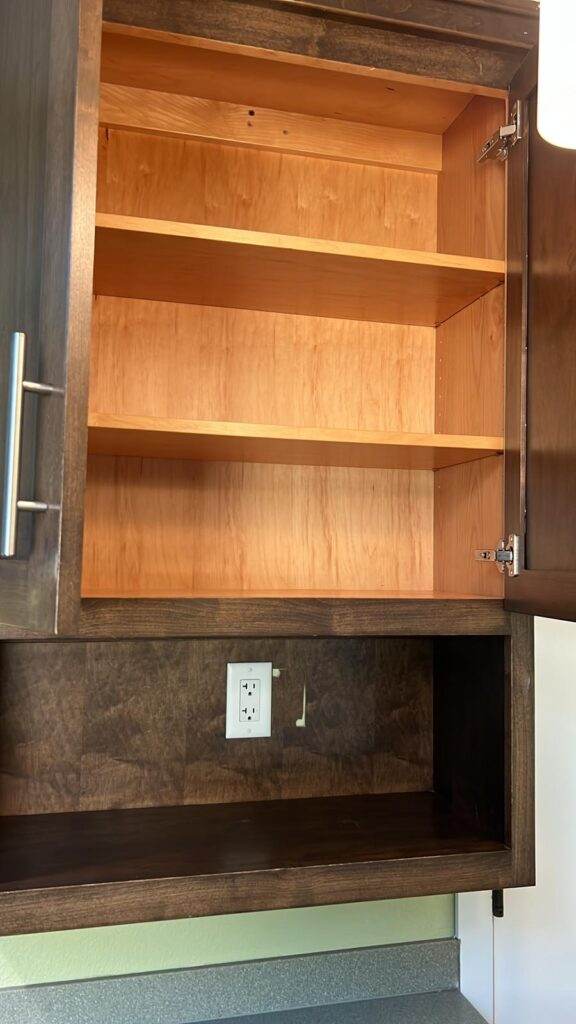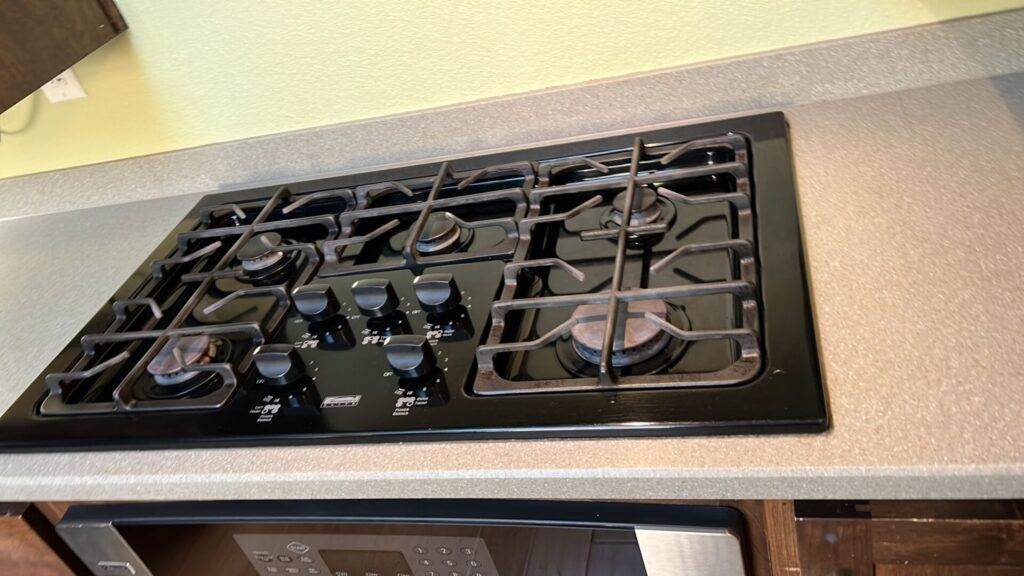Introduction
Post-construction cleaning, a crucial yet often overlooked aspect of building projects, serves as the final touch in transforming a construction site into a ready-to-use space. It entails a detailed inspection of the site, addressing any damages, and ensuring that the property meets the required standards.
This article aims to delve into the challenges faced by professionals in post-construction cleaning, offering practical solutions to these obstacles. From the safe usage of cleaning materials to the training of workers on safety hazards, we will explore the top five challenges in this field.
Understanding the Challenges of Post-Construction Cleaning
Post-construction cleaning poses unique challenges such as dealing with heavy debris and dust, adhering to tight deadlines, and catering to the specific needs of different types of construction projects. These obstacles can be quite daunting, but they are not insurmountable.
Failure to effectively tackle these challenges can result in delays, increased costs, and potential safety hazards. For instance, leftover debris can pose a risk to the workers and the newly constructed building’s occupants. Similarly, dust from construction materials can cause health issues if not properly managed.
Overcoming these challenges requires proper planning and preparation. This includes understanding the nature of the debris to be cleared, estimating the timeline accurately, and preparing for the unique requirements of each project. Using robust and specialized cleaning equipment can also enhance efficiency and safety.
By addressing these challenges head-on, companies can ensure a smooth and efficient post-construction cleaning process, transforming the construction site into a clean and safe space.
Dealing with Dust and Debris
One of the most prevalent challenges in post-construction cleaning is the effective removal of dust and debris. These remnants of construction can pose significant health risks, including respiratory issues and eye irritation, if not properly managed.
Efficiently dealing with these materials requires specialized equipment such as industrial vacuums, and dust extractors. These tools can help prevent the easy spread and settling of dust and debris in hard-to-reach areas. However, their use should be complemented with eco-friendly cleaning practices to ensure a sustainable approach.
Another key aspect in this process is safety. It’s crucial to use protective gear when handling construction debris and chemicals to avoid potential hazards. This can include dust masks and gloves, among others, to ensure the well-being of the cleaning staff.
By acknowledging these challenges and implementing these techniques, we can ensure a safe and clean environment post-construction.
Time Management and Project Timelines
Time management and adhering to project timelines pose significant challenges in post-construction cleaning. Understanding these constraints is crucial to winning and successfully executing cleaning contracts. Cleaning vendors are typically chosen towards the end of a construction project, when the scope of the job is more defined and predictable.
Strategies for Effective Time Management
To navigate these challenges, consider the following strategies:
- Understand your client’s needs and schedule: Aligning your services with your clients’ timelines is key to fostering strong business relationships.
- Specialize in post-construction cleaning: Offering specialized cleaning techniques and products not only enhances the longevity of the property’s components but also saves time.
- Offer comprehensive services: Services such as debris removal can expedite the cleaning process, making it more efficient.
Successfully managing time constraints and project timelines in post-construction cleaning involves a blend of understanding the client’s needs, offering specialized services, and providing comprehensive cleaning solutions.
Communication and Coordination
Effective communication and coordination between contractors, cleaners, and builders are vital cogs in the post-construction cleaning machine. Smooth interaction ensures timely completion of cleaning tasks, reduces miscommunication, and prevents delays that can increase project costs and cause inconvenience.
Here are some practical tips to enhance communication and coordination:
- Establish a clear line of communication: This will prevent misunderstandings that can lead to delays and poor-quality cleaning.
- Provide regular updates: Keeping everyone involved in the loop ensures that all parties are on the same page and can act promptly when necessary.
Without these measures, the risk of miscommunication and lack of coordination can lead to sub-standard cleaning, posing health and safety risks to occupants.
Safety Precautions and Hazardous Materials
Post-construction cleaning, while essential, presents a minefield of safety hazards. These range from exposure to hazardous materials to potential accidents. It’s akin to navigating a newly discovered cave – thrilling, but fraught with danger.
Safety Hazards
Construction sites are notorious for the variety of hazardous materials they leave behind. Just like a bear is to a picnic, they are an unwelcome guest in an otherwise productive environment. The materials can include dust, chemical residue, and even asbestos. These can lead to serious health implications if not handled correctly.
Safety Precautions and Protective Gear
Donning appropriate safety gear is as vital as a parachute to a skydiver. It should include gloves, safety glasses, and respirators. These are your first line of defense against potential hazards.
Handling and Disposal of Hazardous Materials
Handling hazardous materials is a delicate dance. It requires careful steps, much like handling a fragile antique. Proper disposal is equally important. Make sure to follow local regulations and guidelines to ensure safe disposal.
Health and Safety Concerns
The emphasis on health and safety in post-construction cleaning cannot be overstated. It’s as crucial as the foundation to a building. Always prioritize safety to ensure the well-being of all involved.
Eco-Friendly and Sustainable Practices
Post-construction cleaning, while necessary, can have a significant impact on the environment. This necessitates the adoption of sustainable practices in the field. One of these practices is the use of energy-efficient cleaning equipment, which not only consumes less power but also reduces the overall carbon footprint of the cleaning process.
Another eco-friendly alternative is the implementation of water conservation strategies. Using water-efficient equipment and techniques, such as microfiber mops and low-flow pressure washers, can contribute to water conservation efforts. Recycling and proper waste segregation are also important, as they reduce the amount of waste that ends up in landfills.
When it comes to the disposal of hazardous materials, such as paints and solvents, responsible post-construction cleaners ensure these are handled safely to prevent harmful substances from entering the environment.
Lastly, the use of non-toxic and biodegradable cleaning products is a must. These products effectively remove grime and stains without leaving behind toxic residues that could harm the ecosystem. Eco-friendly practices not only benefit the environment but also the community by providing a safer and healthier living and working environment.
Conclusion
In the intricate world of post-construction cleaning, addressing challenges such as debris management, risk mitigation, and quality control is crucial. It’s not just about sweeping and mopping; it’s about meticulous attention to detail and creating a safe, habitable space. Environmental responsibility and team training are key components of this process. The use of eco-friendly products can contribute to a healthier environment, while continuous skill development and employee engagement can enhance service quality.
Efficiency, too, plays a significant role. Proper waste segregation and disposal can streamline the cleaning process, turning a chaotic construction site into a pristine, ready-for-occupancy area. By effectively addressing these challenges and implementing the strategies discussed, post-construction cleaning can be a more successful and safer process. Remember, your team is your most valuable asset – invest in them, and the dividends will be evident in the quality of your cleaning services.











